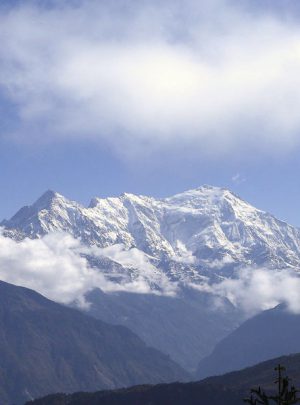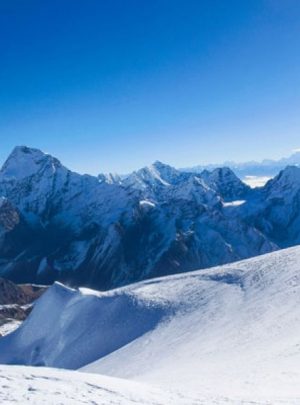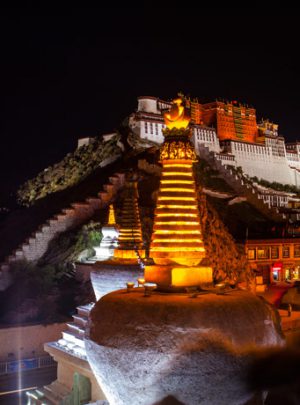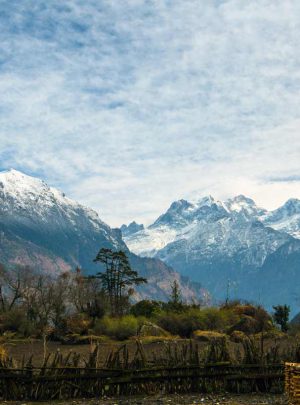General Trekking and climbing FAQs in Nepal
Here are some frequently asked questions (FAQs) about trekking and climbing in Nepal:
1 -When is the best time to trek in Nepal?
The best seasons for trekking in Nepal are Spring (March–May) and Autumn (September–November) due to stable weather and clear views. Winter (December–February) is also possible, but it can be very cold. The Monsoon season (June–August) brings heavy rain and leeches, making trekking challenging.
2-Do I need a trekking permit?
Yes, most trekking regions in Nepal require permits. The main permits you will need are:
TIMS (Trekkers’ Information Management System) Card
National Park or Conservation Area Permits**
Restricted Area Permits for regions such as Nar Phu, Upper Mustang, Kanchenjunga, Lower and Upper Dolpo, and Manaslu trek.
3- Do I need a guide and porter?
Guides are required in restricted areas like Kanchenjunga, Manaslu, and Upper Dolpo. While independent trekking is allowed in popular routes like Everest and Annapurna, hiring a guide and porter can enhance safety, navigation, and overall enjoyment.
4-What is the accommodation like?
Most trekking routes offer tea houses (basic lodges) for accommodation. For higher-altitude or remote treks, you may need to camp.
5-How difficult are the treks?
The difficulty of treks varies, with some routes being suitable for beginners while others are more challenging. It’s important to choose a trek that matches your fitness level and experience.
Difficulty varies: Easy: Ghorepani Poon Hill, Langtang Valley Moderate: Everest Base Camp, Annapurna Circuit Strenuous: Manaslu Circuit, Nar Phu Kang La Pass Challenging: Makalu Base Camp, Kanchenjunga, Mera Peak Altitude Sickness FAQs
6. What is altitude sickness, and how can I prevent it?
Altitude sickness (AMS) occurs above 2,500m due to low oxygen. Prevention includes: Acclimatization days Drinking plenty of water Ascending slowly (max 500m per day above 3,000m) Avoiding alcohol and smoking Taking Diamox (if necessary, consult a doctor first)
7. What are the symptoms of altitude sickness?
Mild: Headache, nausea, dizziness, trouble sleeping. Severe: Shortness of breath, confusion, inability to walk – descend immediately! Climbing FAQs
8- What are the popular climbing peaks in Nepal?
Trekking Peaks (non-technical, below 7,000m): Mera Peak (6,470m) Island Peak (6,189m) Lobuche East (6,119m) Expedition Peaks (technical, above 7,000m): Ama Dablam (6,812m) Mount Everest (8,848m) Kanchenjunga (8,586m)
9- Do I need prior climbing experience?
For trekking peaks climbing, basic climbing skills (using crampons and an ice axe) are recommended. Technical peaks like Ama Dablam or Everest require substantial mountaineering experience.
10- What kind of climbing gear is needed?
Crampons, ice axe, harness, ropes, helmets, and high-altitude boots. Most gear can be rented in Kathmandu. Logistics & Costs
11. How much does trekking cost?
Budget ($25–$40/day) – Independent trek with minimal expenses. Mid-range ($50–$100/day) – Guide, porter, good lodges. Luxury ($150+/day) – Helicopter transfers, high-end lodges.
12- What are the visa requirements?
Most nationalities can obtain a Visa on Arrival at Tribhuvan International Airport: 15 days: $30 30 days: $50 90 days: $125 13. What insurance do I need?
Trekking insurance must cover high-altitude trekking (above 5,000m) and emergency helicopter evacuation. Would you like more details on any specific region or trek? 😊












